Mazda 3 2024 vs Volkswagen Jetta 2024
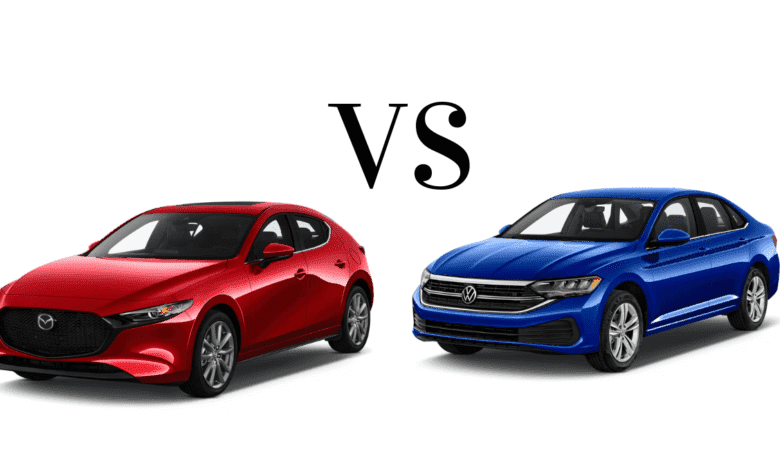
Mazda 3 vs Volkswagen Jetta: In the ever-evolving world of automobiles, 2024 marks a significant chapter in the ongoing story of two iconic compact cars: the Mazda3 and the Volkswagen Jetta. Both vehicles have carved out distinct niches within the compact car segment, earning accolades for their blend of driving pleasure, fuel efficiency, and practicality. As we navigate this comparative exploration, we aim to dissect the attributes that make each model stand out, providing potential buyers with a detailed overview beyond mere specifications to the very essence of what these cars offer.
The Mazda3 and Volkswagen Jetta are not just vehicles; they embody their manufacturers’ philosophies and engineering prowess. With its “Zoom-Zoom” ethos, Mazda focuses on creating cars that evoke a sense of joy and engagement in the driving experience. The Mazda3, in its latest iteration, continues to uphold this tradition, blending aesthetic appeal with dynamic performance. On the other side, Volkswagen’s Jetta represents the German automaker’s commitment to reliability, efficiency, and understated elegance. It offers a driving experience that combines practicality with a touch of European sophistication, making it a perennial favourite among those who value both form and function.
As we delve deeper into this comparison, it’s essential to understand the context and significance of the compact car segment. Compact cars like the Mazda3 and Volkswagen Jetta offer a refreshing counterpoint in a world increasingly dominated by SUVs and trucks. They cater to drivers seeking the efficiency and manoeuvrability of a smaller footprint without compromising style or driving enjoyment. This segment attracts a wide range of consumers, from first-time buyers to seasoned enthusiasts, all looking for vehicles that fit into urban lifestyles while providing a rewarding driving experience.
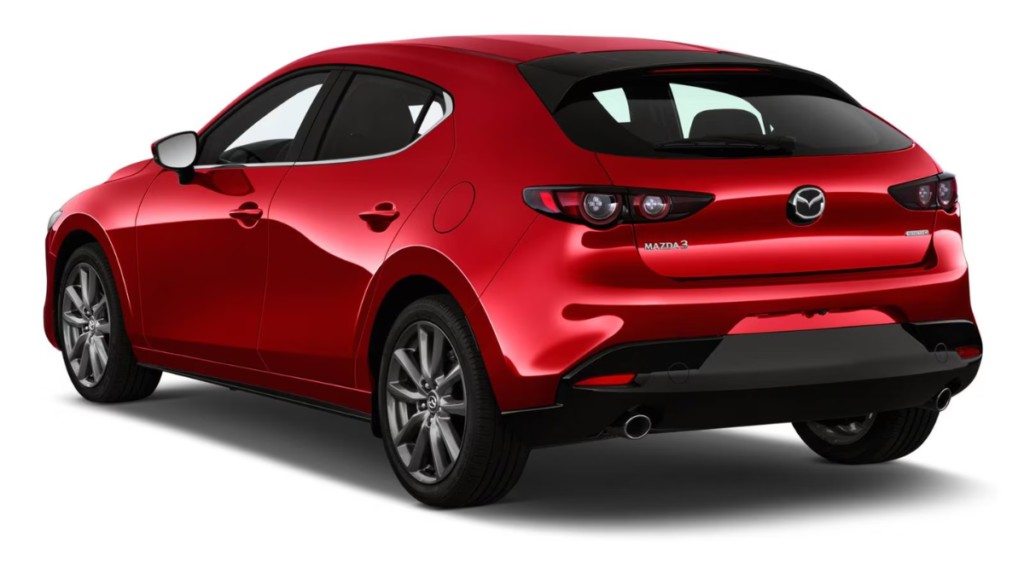
The 2024 Mazda3 and Volkswagen Jetta arrive at this juncture with histories that speak volumes about their endurance and adaptability. The Mazda3, introduced in the early 2000s, quickly gained a reputation for its sporty driving dynamics and innovative design. Over the years, it has evolved, embracing new technologies and design philosophies, yet it has never lost sight of the core attributes that define the Mazda brand. Similarly, the Volkswagen Jetta has a storied past, a staple in the Volkswagen lineup since the late 1970s. It has undergone numerous transformations, each time adapting to the demands and expectations of its era, all while maintaining its essence as a reliable, efficient, and accessible vehicle.
The automotive landscape of 2024 is characterized by rapid technological advancements and shifting consumer preferences. Electrification, autonomous driving, and connectivity reshape what we expect from our vehicles. Against this backdrop, the Mazda3 and Volkswagen Jetta stand out for their focus on delivering a driving experience that connects the driver to the road, prioritizing engagement over automation. This human-centric approach to car design is increasingly rare and worthy of exploration, as it provides insights into what many drivers still seek in an automobile: a sense of control, pleasure, and connection.
Fuel efficiency remains a critical factor for many buyers, and both the Mazda3 and Volkswagen Jetta offer compelling narratives. As manufacturers face stringent environmental regulations and consumers become more conscious of their carbon footprint, these models demonstrate that efficiency and performance coexist. They embody the principle that driving a fuel-efficient car doesn’t mean sacrificing enjoyment or style, a testament to the engineering ingenuity of Mazda and Volkswagen.
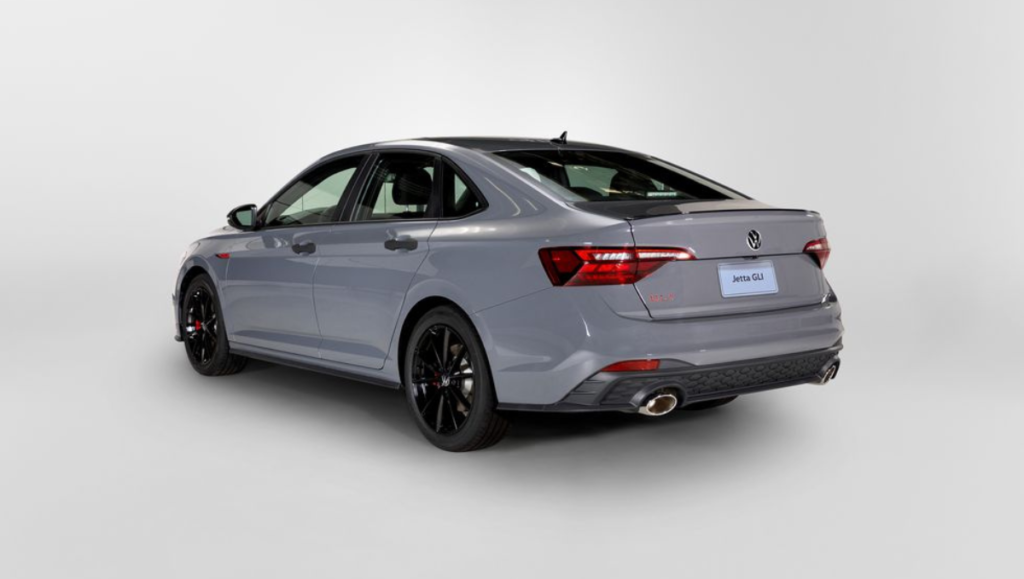
The aesthetic appeal of the Mazda3 and Volkswagen Jetta also merits attention. Design philosophy significantly shapes our perception of a car, influencing everything from the first impression to long-term satisfaction. The Mazda3, with its sleek lines and athletic stance, appeals to those who value bold and dynamic design. In contrast, the Volkswagen Jetta’s more conservative and refined aesthetics speak to different preferences, emphasizing elegance and timelessness. This visual dichotomy underscores the diverse appeal of these compact cars, catering to a broad spectrum of tastes and personalities.
As we embark on this detailed comparison of the 2024 Mazda3 and Volkswagen Jetta, we aim not only to highlight their specifications and features but also to delve into the intangibles—the feel of the steering, the comfort of the ride, the intuitiveness of the interface. These aspects transform a car from a mere mode of transportation into a companion on the road, reflecting the driver’s values, aspirations, and sense of identity.
In conclusion, the Mazda3 and Volkswagen Jetta continue their journey as pillars of the compact car segment in 2024, each with its strengths and unique selling points. This comparison is about determining which car is superior and understanding what each model represents in the broader automotive landscape. By examining their performance, efficiency, design, and the overall driving experience they offer, we aim to provide a comprehensive overview that aids consumers in making informed decisions. As we proceed, remember that the best vehicle is not always the one with the highest specifications or the lowest price but the one that best aligns with your personal needs, preferences, and
2024 Mazda3 Overview
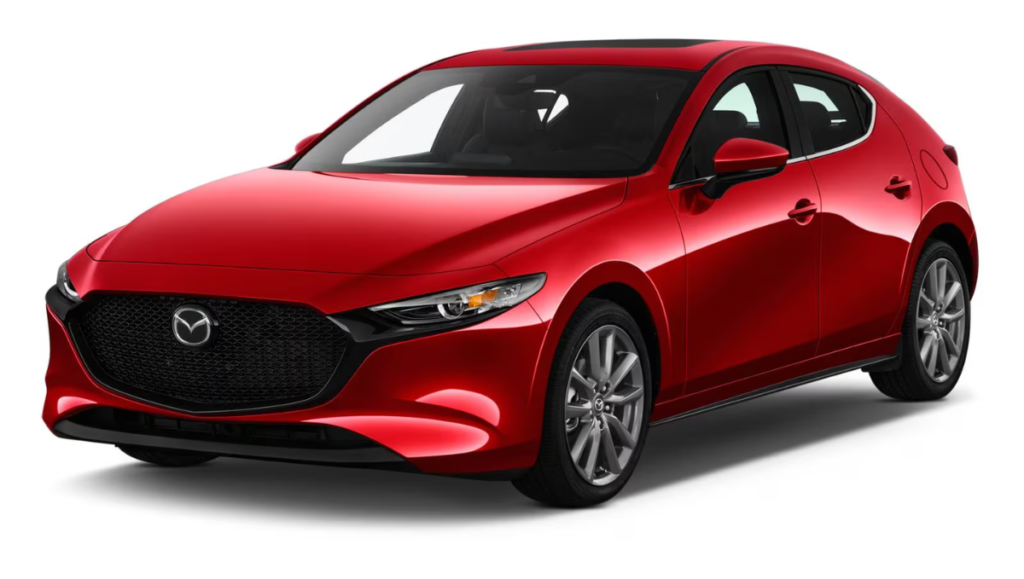
Mazda maintains its reputation for producing vehicles with a zest for driving and commendable fuel economy with the 2024 Mazda3. This model caters to various preferences and needs in both sedan and hatchback forms.
Mazda offers a selection of six trim levels and ensures there’s a Mazda3 for every taste and requirement. The base model, the 2.5 S sedan, comes equipped with a 2.5-liter four-cylinder engine, delivering a robust 191 horsepower. This figure is notable in its segment, providing ample power for most driving scenarios. Higher trims feature a turbocharged engine for those seeking even more performance, elevating output to 250 horsepower.
The Mazda3 shines in terms of driving dynamics and comfort, further enhanced by the option for all-wheel drive. Starting at $25,335, including destination fees, the Mazda3 represents a compelling option for those in the market for a small car.
Key Features of the Mazda3
- Carbon Turbo Trim: 2024 introduces the Carbon Turbo trim, boasting a 250-horsepower turbocharged engine and unique terracotta leatherette upholstery, blending performance with style.
- Engine Performance: The standard 191 horsepower engine offers remarkable power and efficiency for its class, while the optional turbo engine provides a significant boost to 250 horsepower (with premium fuel), accompanied by standard all-wheel drive.
- Safety and Technology: Mazda3 has extensive safety and technology features, including automatic emergency braking, adaptive cruise control, lane-keeping assist, and automatic high beams.
2024 Volkswagen Jetta Overview
The Volkswagen Jetta, entering 2024, maintains its sleek exterior design, embodying the understated elegance expected from German engineering. The design philosophy opts for a conservative yet appealing aesthetic, with clean lines that have remained unchanged in recent years – a testament to its timeless appeal.
Inside, the Jetta offers a spacious and elegantly appointed cabin with technology features that expand as one moves through its trim levels. The Jetta is available in several trims, including the sportier 40th Anniversary GLI and GLI Autobahn editions.
Equipped with a 1.5-liter turbocharged four-cylinder engine, the Jetta delivers 158 horsepower. While it may not offer the quickest acceleration, it provides a smooth and competent highway merging capability. With a starting price of $22,660, including the destination fee, the Jetta presents itself as a value-packed and fuel-efficient option.
Volkswagen Jetta Highlights
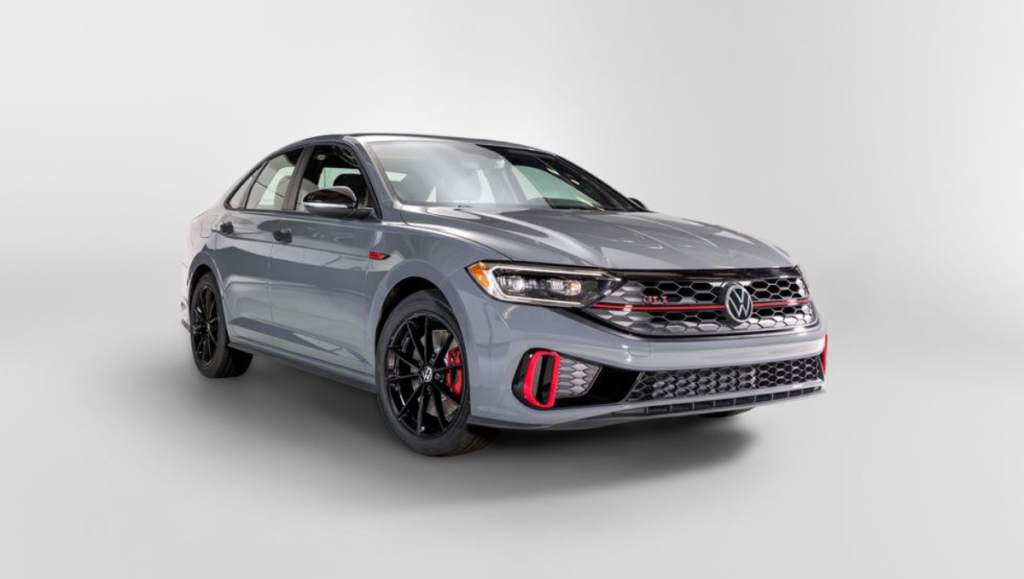
- IQ.Drive Safety Suite: Automatic transmission Jettas come standard with the IQ. The drive suite features advanced safety technologies like forward collision warning and lane-keeping assistance.
- Fuel Efficiency: The Jetta excels in fuel economy, boasting impressive EPA ratings that make it a top contender for those looking to minimize fuel expenses.
- Warranty Advantage: Volkswagen offers a 4-year/50,000-mile warranty on the Jetta, surpassing the Mazda3’s coverage and providing additional peace of mind.
Similarities and Conclusion
The Mazda3 and Volkswagen Jetta are seasoned contenders in the compact sedan arena, known for their safety, style, fuel efficiency, and driving pleasure. They cater to buyers looking for reliability and performance in a small package, with both models offering sportier versions for those desiring enhanced power and dynamics.
Deciding between the two ultimately comes down to personal priorities and preferences. The Volkswagen Jetta might attract those who value sophisticated design, roominess, fuel economy, and a competitive price. Conversely, the Mazda3 appeals to those prioritizing technology, higher performance, and the versatility of all-wheel drive and hatchback options. Each vehicle has distinct advantages, underscoring the importance of aligning your choice with your needs and desires in the quest for the perfect compact sedan.
Here’s a detailed comparison between the 2024 Mazda3 and the 2024 Volkswagen Jetta based on their specifications:
| Specification | 2024 Mazda3 | 2024 Volkswagen Jetta |
|---|---|---|
| Starting Price | $25,335 | $22,660 |
| Engine | 1.5-litre turbocharged 4-cylinder | Three years/36,000 miles |
| Horsepower | 191 hp @ 5,600 rpm | 158 hp @ 5,500 rpm |
| Torque | 186 lb-ft @ 2,800 rpm | 184 lb-ft @ 1,750 rpm |
| Transmission | 6-speed automatic | 6-speed manual |
| Fuel Economy | 27 mpg city/37 mpg highway/31 mpg combined | 29 mpg city/42 mpg highway/34 mpg combined |
| Also Available | 6-sp manual; AWD; 2.5-liter turbo 4-cylinder | 8-sp auto; 7-sp auto; 2.0-liter turbo 4-cylinder |
| Basic Warranty | Four years/50,000 miles | 4 years/50,000 miles |
| Powertrain Warranty | Four years/50,000 miles | Five stars |
| NHTSA Overall Safety | Five stars | 5 stars |
| Max Seating Capacity | 5 | 5 |
| Wheelbase | 107.3 inches | 105.7 inches |
| Overall Length | 183.5 inches | 186.5 inches |
| Width | 70.7 inches | 70.8 inches |
| Height | 56.9 inches | 57.7 inches |
| Turning Diameter | 35.4 feet | 36.7 feet |
| Headroom, Front | 38.0 inches | 38.5 inches |
| Headroom, Rear | 37.3 inches | 37.3 inches |
| Legroom, Front | 42.3 inches | 41.1 inches |
| Legroom, Rear | 35.1 inches | 37.4 inches |
| Shoulder Room, Front | 55.7 inches | 55.9 inches |
| Shoulder Room, Rear | 53.5 inches | 53.5 inches |
| Cargo Volume | 13.2 cubic feet | 14.1 cubic feet |
This table briefly presents the key specifications and differences between the two models, offering a clear comparison for those considering either vehicle.




